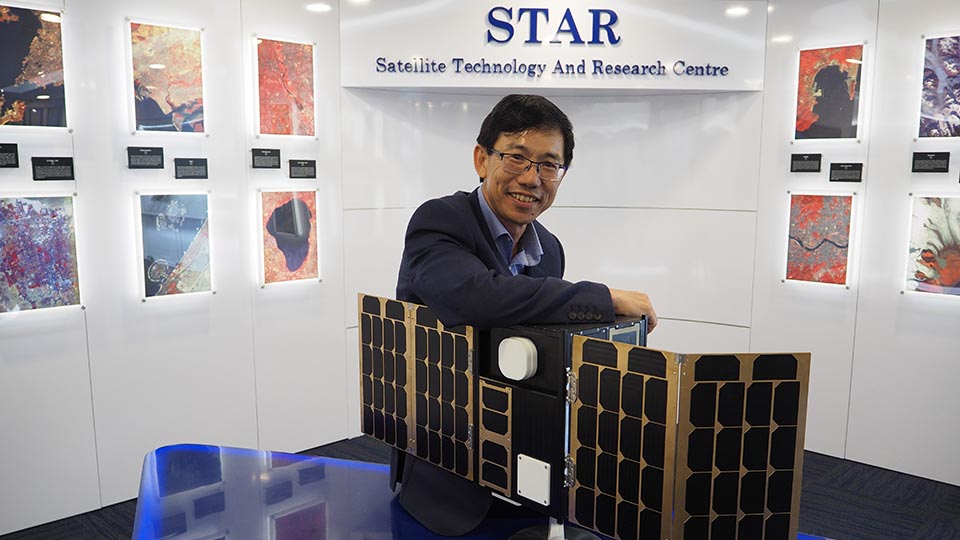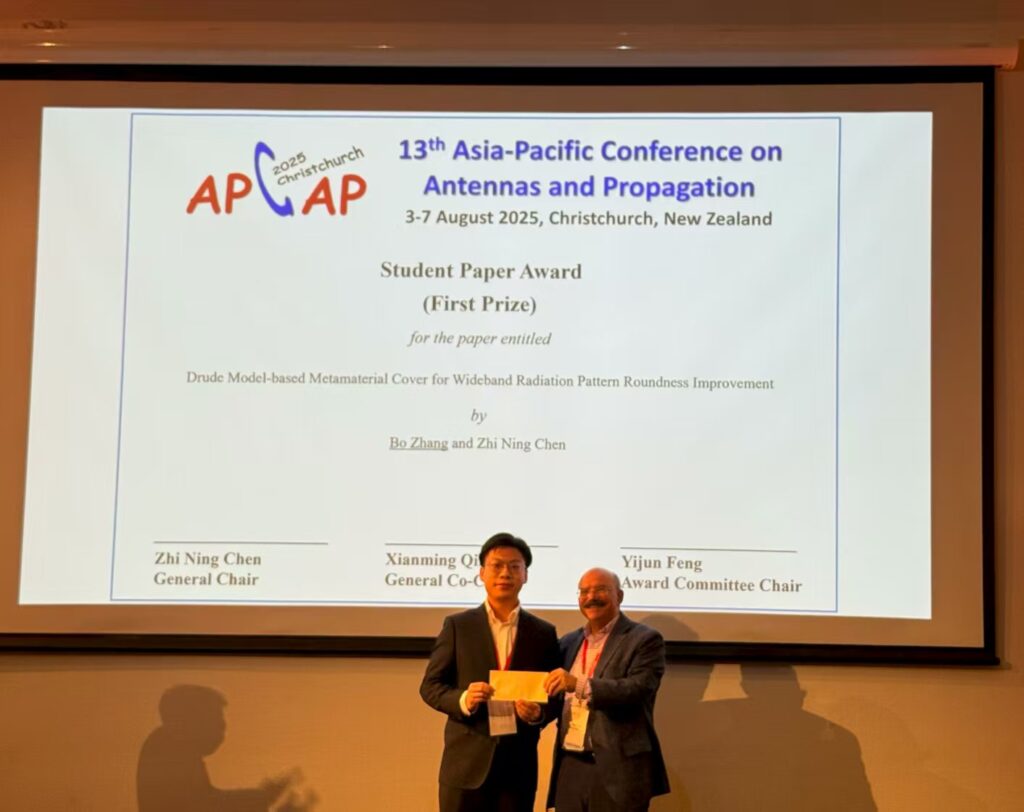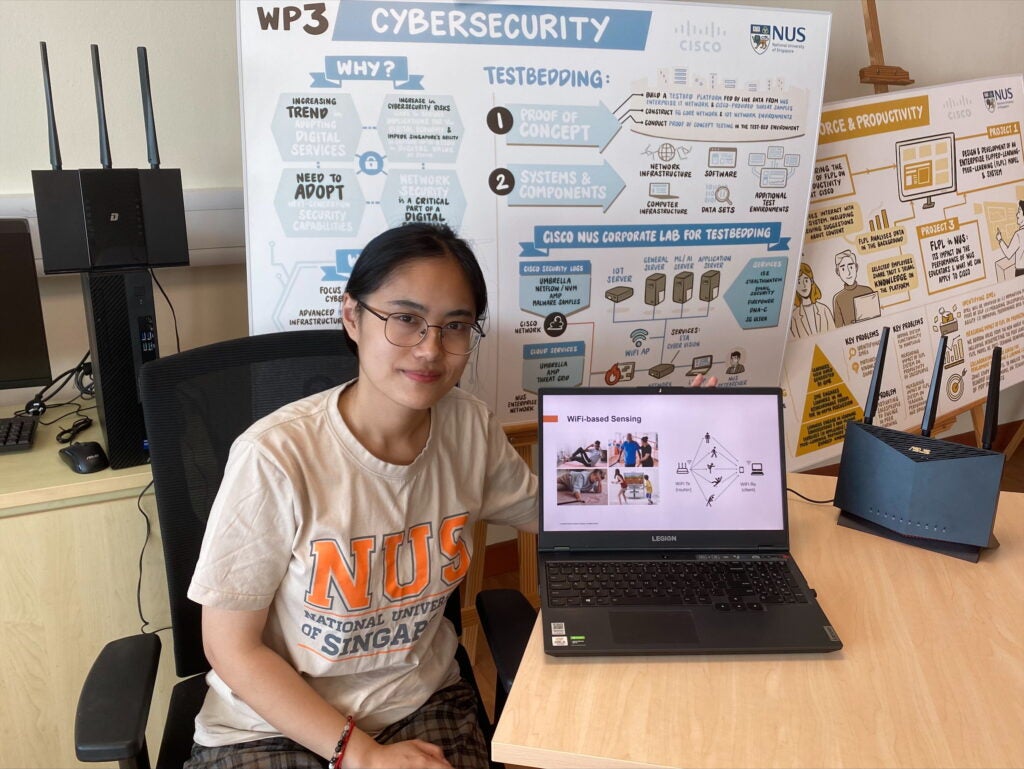Professor Low Kay Soon from NUS Department of Electrical and Computer Engineering and Director of the Satellite Technology and Research Centre (STAR) at NUS Engineering gives his insights on the utility of micro satellites in the digital age; and how smaller satellites have democratised the industry as they no longer require resources to build and launch. NUS research has played a forefront role in Singapore which is an up-and-coming player in the satellite world. Previous NUS projects included exploring quantum technologies in space to develop quantum communications, and launching graphene into the stratosphere to test its properties for future applications. Prof Low’s current research is looking at coordinating multiple satellites into flying formations.
Modern life relies on satellites. Everything from using credit cards and tracking flights, to weather apps and video calls, are only made possible by the complex network of man-made spacecraft orbiting our planet. What’s more, as terrestrial technology gets more intricate and connected via the Internet of Things, satellites will become even more essential in the future.

Today, there are nearly 5,000 satellites in space, and according to the United Nations Register of Objects Launched into Outer Space, this figure is snowballing annually. However, while the number of orbiting satellites continues to grow, their relative size and weight has been shrinking in recent years. In fact, if we were to define a small satellite as weighing less than 100kg, then more small satellites were launched in the previous two years than in all of human history.
To explain this rapid reduction in size of modern satellites, Professor Low Kay Soon from the Satellite Technology and Research Centre (STAR) at NUS Engineering gives his insights on their utility in the digital age.
Used mainly for weather monitoring and surveillance applications, satellites were traditionally about the dimensions of a public bus and weighed several tonnes. “Satellites like these cost hundreds of millions of dollars and take many years to build,” explained Prof Low. As such they could only be constructed by governments or very large aerospace organisations.
Now, smaller satellites have democratised the industry as they no longer require vast resources to build and launch. Definitions vary, but a satellite in the range of 10 to 100 kg is usually classified as a microsatellite, while anything less than 10 kg can be called a nanosatellite.
“Micro and nanosatellites can be built in a much quicker time frame for a fraction of the cost. Universities and commercial companies can now afford to experiment with satellite technology, and exciting new applications can be explored,” Prof Low explained.
“For a large satellite that costs a few hundred million dollars, you cannot afford to take risks and would have to be extremely conservative in choosing any new parts. Whereas with smaller satellites we can be more daring. We can use cutting-edge components and state-of-the-art instruments to conduct really interesting experiments.”
“Another advantage of smaller satellites is mass production using commercially available parts, such that dozens of satellites can be built and launched in fleets,” said Prof Low. Networking them together opens up the possibilities of new applications and greater resilience — if one satellite malfunctions, the rest of the fleet are still operational.
“These micro and nanosatellites can be built in a much quicker time frame for a fraction of the cost. Universities and commercial companies can now afford to experiment with satellite technology, and new exciting applications can be explored.” – Professor Low Kay Soon, Director of Satellite Technology and Research Center.
Singapore is an up-and-coming player in the small satellite world with NUS research at the forefront. Previous NUS projects included exploring quantum technologies in space to develop quantum communications, and launching graphene into the stratosphere to test its properties for future applications.
Prof Low’s current research is looking at coordinating multiple satellites into flying formations. This is certainly no mean feat — formation flying requires pinpoint-accurate propulsion systems, atomic clocks that stay synchronised at 26,000 km per hour, and the ability to locate the satellites in real time down to less than a metre.
“This has only ever been achieved with pairs of satellites previously. At STAR we are now working on formation flying with three satellites, and we are optimistic to be the first in the world to pioneer this ability,” he stated.





